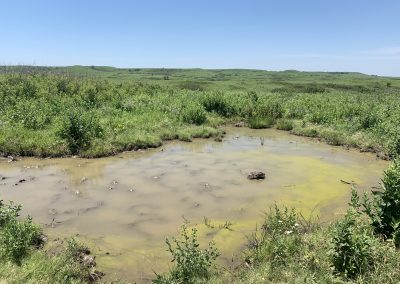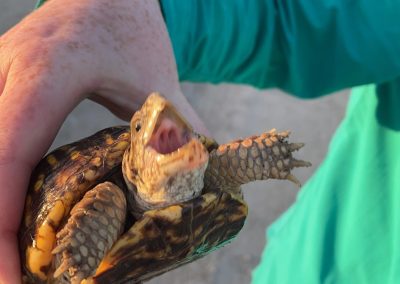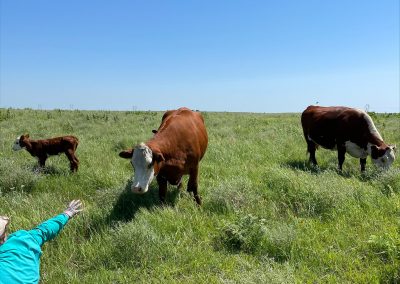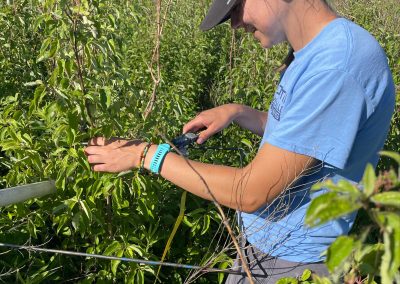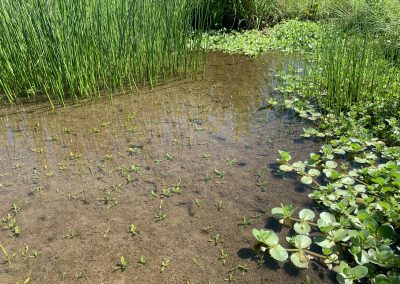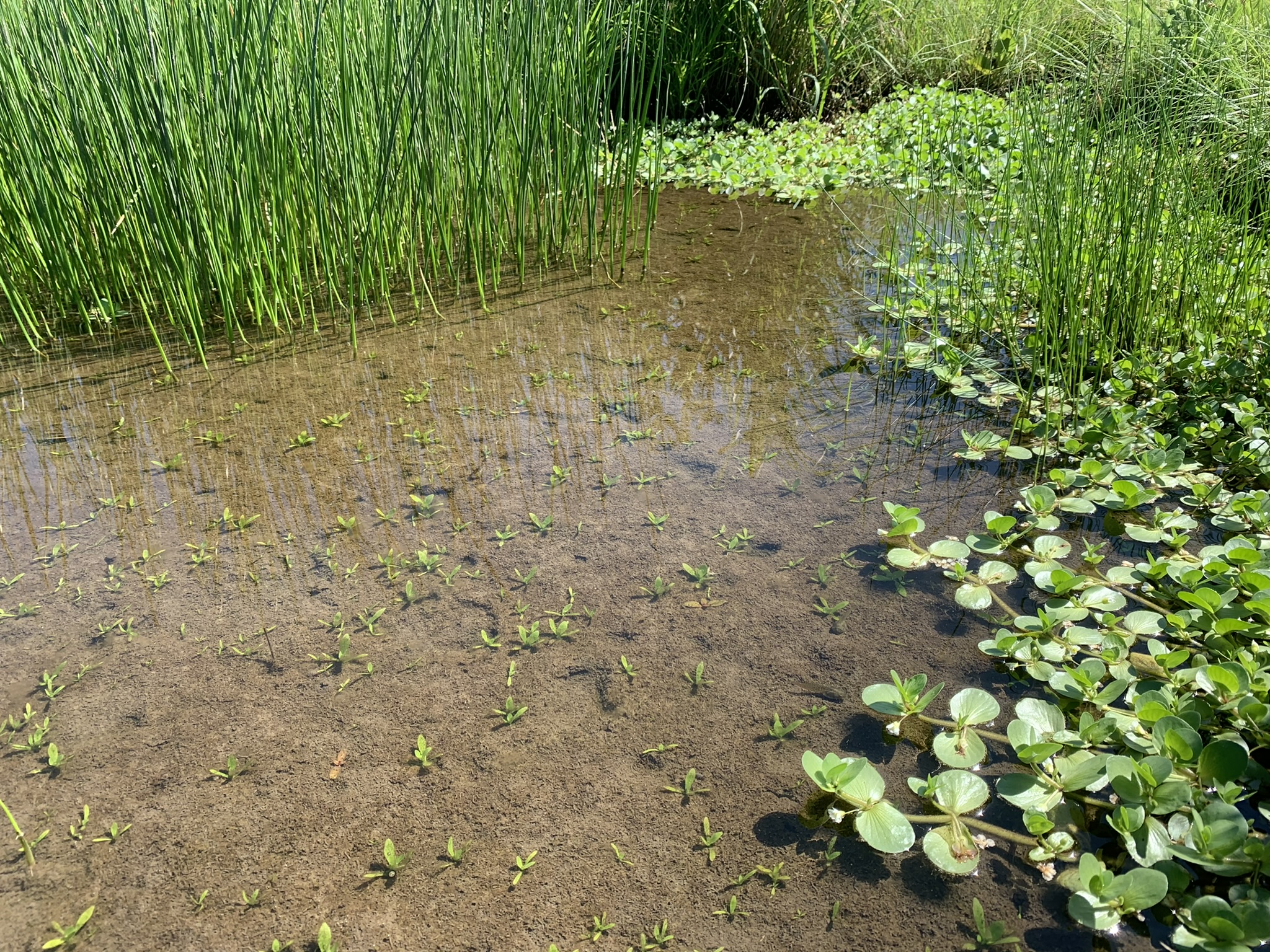
Assistant Professor Zak Ratajczak at Kansas State University did not wallow away his summer. Instead, he and his students analyzed microbiomes and plant communities in bison wallows at the Konza Prairie with funding from a Kansas NSF EPSCoR First Award.
More than 10,000 wallows, or bare-earth depressions, etch the Konza. These dents clearly alter the landscape, pooling rainwater and providing wellsprings for prairie life.
While decades of research shows that bison-grazing doubles plant diversity, until now “nobody has looked at microbial communities in wallows,” said K-State graduate student Bess Bookout, who works with Dr. Ratajczak along with fellow students Brynn Ritchey, Kalea Nippert, and Dylan Darter.
All summer the team collected water, soil, and plant samples from various wallow sites where buffalo roam in the Konza Prairie Biological Station.
While it will take time to analyze the soil bacteria and fungi using DNA sequencing, the team was surprised by a few initial findings.
For example, wallows are surprisingly salty. In addition, “some wallows definitely house aquatic vegetation that you just really wouldn’t find in the prairie without them,” said Dr. Ratajczak.
Ms. Bookout dubbed these pond-type wallows “pallows.” They can be mucky with algae or full of clear, fresh water, brimming with frogs, toads, and tadpole shrimp.
Learn more:

